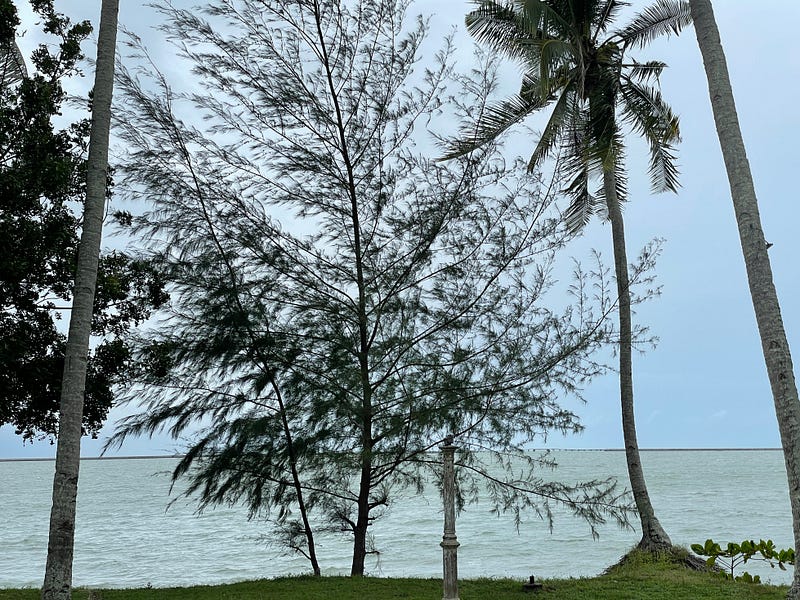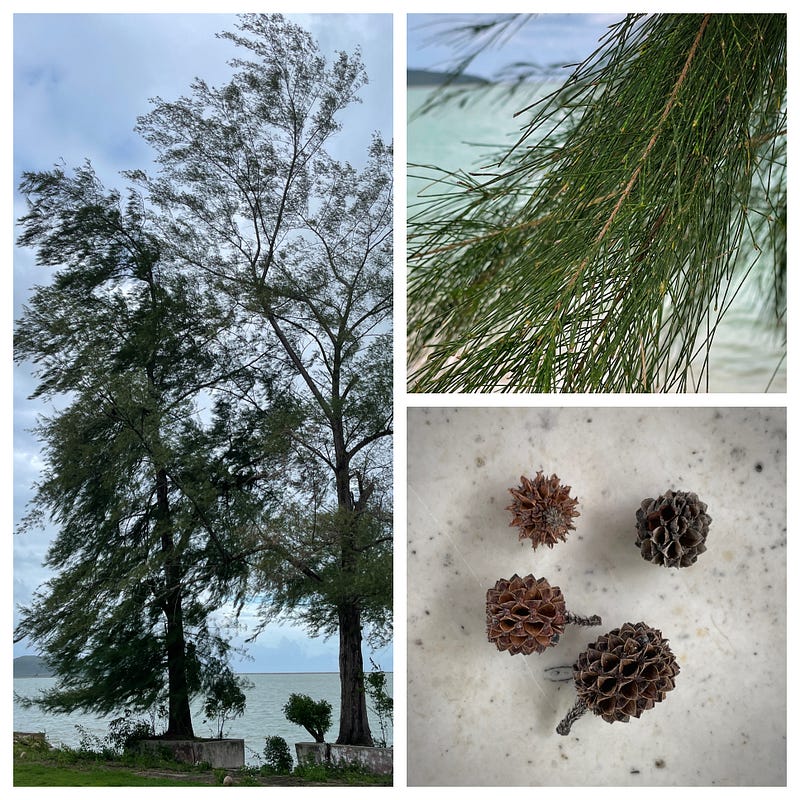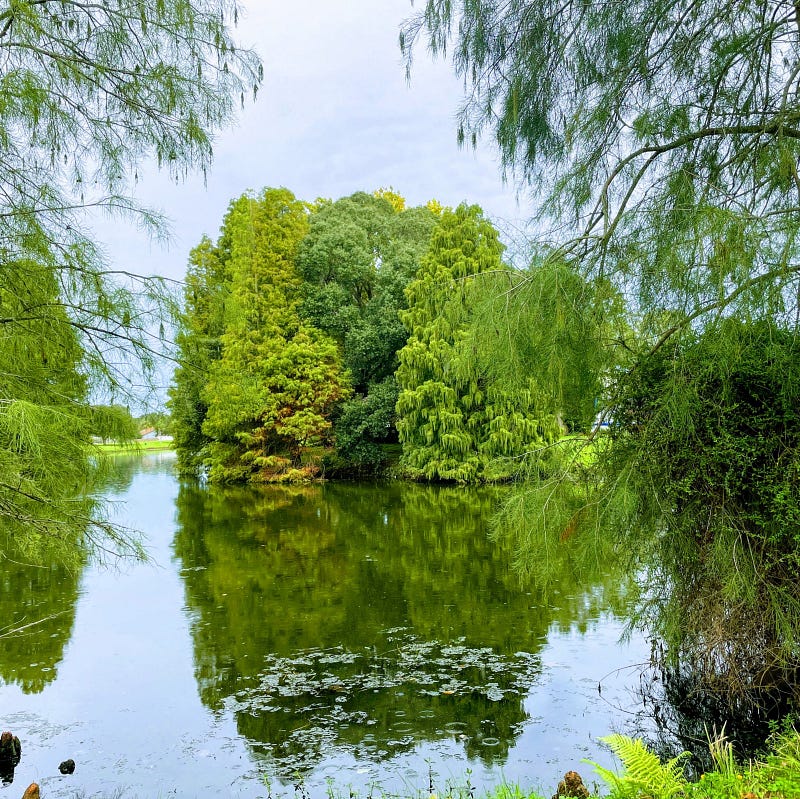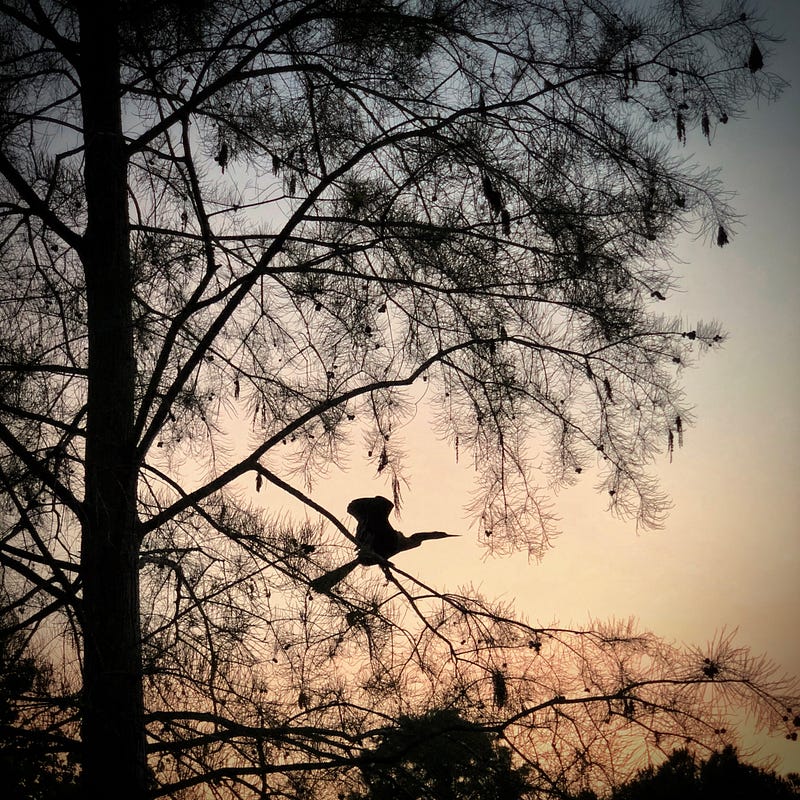# Exploring the Fascinating World of Casuarina Trees
Written on
Chapter 1: My Love for Casuarina Trees
Casuarina trees hold a special place in my heart, even though they are considered invasive in my local area.

As a young Peace Corps Volunteer in Malaysia during the early 1970s, I quickly developed a fondness for the casuarina tree. Coming from the Midwest, I had little exposure to tropical and coastal ecosystems. The tall, graceful casuarina trees with their long, flowing branches adorned the beaches in Malaysia, creating a picturesque backdrop that defined my happiest moments.

A decade later, while teaching science at Jakarta International School, my students and I embarked on a field trip to Anak Krakatau, a small island formed around the Krakatau volcano in the Sunda Straits between Java and Sumatra. The 1883 eruption had led to the collapse of over 70% of the island into the volcano’s caldera. The name Anak translates to "child" in Malay, signifying the island's emergence.
Upon stepping onto the beach, my students were amazed to find the water and sand beneath them warm—not just sun-warmed, but genuinely hot—indicating their proximity to an active volcano. Their mission was to catalog the plant life on the island and theorize how these plants arrived at such a remote location. To their delight, they discovered casuarina trees growing along the shoreline. It soon became clear that the tree's seed pods could float on water, suggesting that they likely traveled from other beaches, carried by ocean currents, before taking root here.
In further classroom explorations, they learned that casuarina trees are angiosperms—flowering plants—despite their inconspicuous flowers and seed pods that resemble small pine cones, distinguishing them from actual pine trees.
There are 17 known species of casuarina trees, native to regions including Australia, Southeast Asia, the Indian subcontinent, and Eastern Africa. These trees can vary significantly in size, from towering specimens to large shrubs. Remarkably, casuarinas have the ability to fix nitrogen, a vital nutrient for plant growth. This process involves symbiotic bacteria residing in their root systems that convert atmospheric nitrogen into a usable form for the plants.
A symbiotic relationship, where both organisms benefit from their association, defines the connection between casuarina trees and these bacteria. The bacteria extend from one tree's roots through the soil, reaching nearby casuarinas, establishing what is known as a mycorrhizal association. This setup allows trees to share essential resources—water, nitrogen, and even sugars—through an intricate network of roots. I had previously understood that fungi formed such associations but was surprised to learn of the role played by bacteria in this context.

Though I initially recognized casuarina trees primarily as coastal flora, I was astonished to discover several specimens growing along a small pond near my home in central Florida. Some species thrive along freshwater rivers and banks, where they have been introduced to help prevent erosion and manage surface-water runoff. However, in Florida, these trees tend to outcompete native species, posing a threat to local biodiversity. Their shallow roots also fail to stabilize riverbanks as effectively as indigenous trees. Consequently, they have been classified as an invasive species and are discouraged from being planted in the area.
My grandchildren affectionately refer to them as "hotels for birds," as we frequently see various birds perched among their branches. We enjoy the shade provided by their lush foliage while strolling along the pond, often stopping to observe the avian visitors in the casuarina trees.

Chapter 2: The Beauty and Challenge of Casuarina Trees
In this video, "Planting Seeds of the Western Australian Casuarina Tree! My Most Favorite Tree! Beautiful Memories!" we explore the significance of casuarina trees and personal reflections on their beauty and ecological role.
The second video, "Styling and Repotting a Casuarina Australian Pine," offers insights into the care and maintenance of these unique trees, showcasing their aesthetic appeal and challenges.